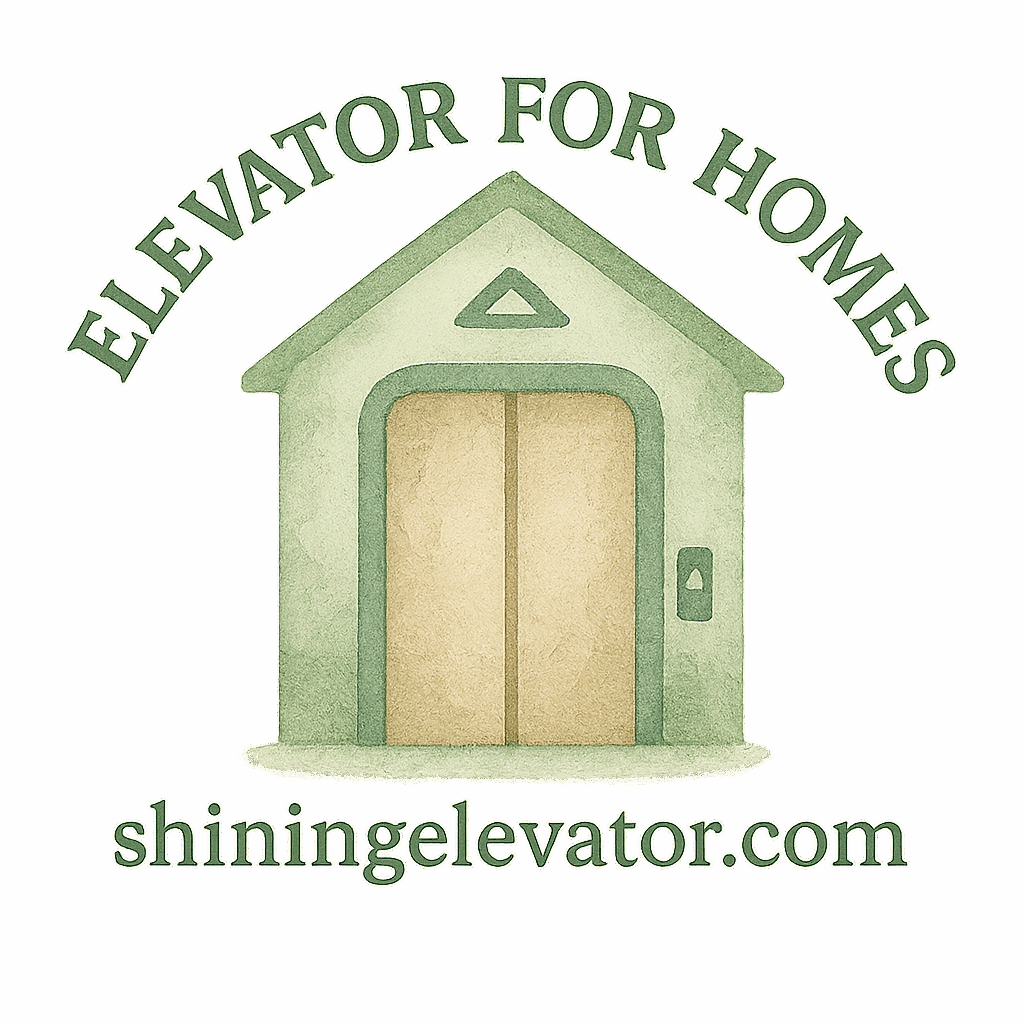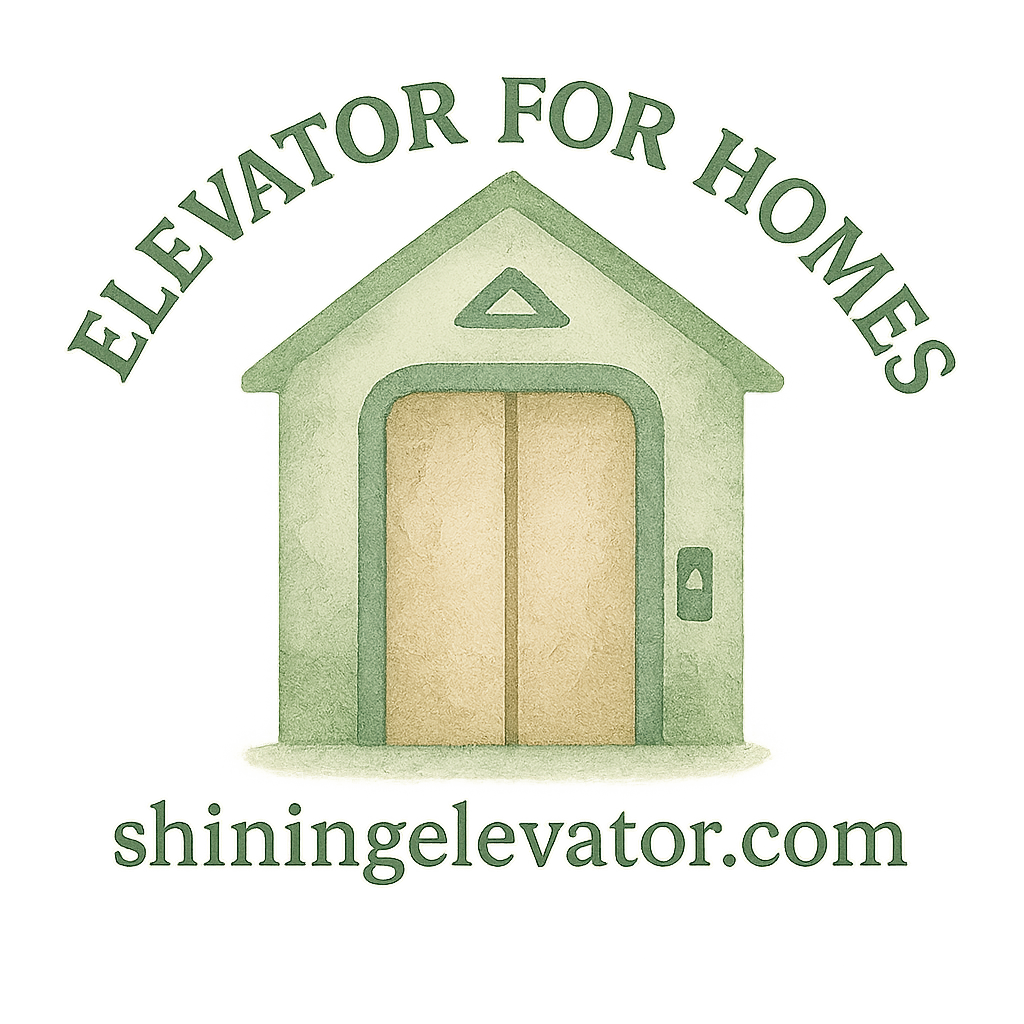Introduction
Thinking about installing a home elevator? It’s a smart move for convenience, accessibility, and future-proofing your home. But here’s the catch — while most homeowners focus on the price tag for the elevator itself, there’s a host of hidden costs lurking beneath the surface. These extra expenses can surprise you if you’re not prepared, turning your elevator dream into a budgeting nightmare.
Let’s break down the 9 hidden elevator costs homeowners often forget, so you can plan smarter, avoid surprises, and enjoy the ride — literally.
🔗 Related: Home Planning & Budgeting for Elevators
1. Pre-Installation Site Assessments
Why It Matters
Before anything gets installed, you’ll need a thorough site evaluation. This is to ensure the space can physically accommodate an elevator and comply with building codes.
Associated Expenses
Expect to pay for:
- Structural engineer consultations
- Blueprints or revised architectural plans
- Site surveys or inspections
These preliminary checks aren’t always included in elevator quotes — but they’re essential.
🔗 Related: The Elevator Installation Process
2. Structural Modifications to Your Home
Ceiling and Floor Adjustments
Home elevators don’t just slot into place — your floors and ceilings often need to be cut, raised, or reinforced.
Wall Reinforcement Requirements
Some models need additional support, especially if your home is older or made with non-standard materials. These changes can rack up thousands in extra construction costs.
🔗 Explore: Installation & Maintenance Considerations
3. Electrical and Wiring Upgrades
The Need for Specialized Electrical Work
Most elevators require a dedicated power supply, control panel, and backup power — meaning you’ll likely need to hire a certified electrician.
Cost Implications
Depending on your home’s wiring, you may need:
- A new circuit panel
- Voltage upgrades
- Generator or battery system installation
These costs can add up fast.

🔗 Visit: Safety & Accessibility Standards
4. Customization and Interior Design
Materials, Finishes & Aesthetics
Want a sleek glass finish? Or a wooden cabin that matches your hardwood floors? Customizations like these are rarely included in base pricing.
Custom Designs vs. Standard Kits
The more personalized your elevator, the higher the price — from cabin lighting to touch screens and designer flooring.
🔗 Learn more about Design & Customization options.
🔗 Related Tags:
Elevator Customization |
Interior Design |
Luxury Look
5. Permit and Inspection Fees
Local Government Fees
Depending on your city or county, you might need multiple permits — electrical, mechanical, and general construction — each with its own fee.
Re-inspections or Delays
If the inspector finds anything non-compliant, you’ll need to make changes and schedule a re-inspection, which could mean extra costs and timeline delays.
🔗 Explore: Elevator Process & Planning
6. Ongoing Maintenance and Servicing
Annual Contracts or On-Demand Repairs
Elevators require regular maintenance. Manufacturers may offer service plans — but these are rarely included upfront.
Cost of Replacement Parts
Over time, components wear out. From doors to motors, even small replacements can be pricey.
🔗 Related: Elevator Expenses
7. Emergency Backup Systems
Battery and Generator Installation
A power outage with no elevator backup? Not ideal. Many building codes require some sort of emergency power.
Safety Regulations Compliance
Even if it’s not required in your area, backup systems are highly recommended for homes with elderly residents.
8. Insurance Adjustments
Policy Upgrades and Premium Increases
Once you install an elevator, your home insurance might need to be adjusted — and that often comes with a premium hike.
Long-Term Liability Considerations
If you rent your home or have guests, liability increases. Your policy must reflect these new risks.
🔗 Related: Elevator Companies & Providers
9. Resale and Property Value Adjustments
Value Boost vs. Buyer Deterrents
While an elevator can raise property value, it might not appeal to all buyers. Some see it as a luxury; others as a maintenance burden.
Real Estate Marketing Challenges
You may need to tailor your marketing approach when it’s time to sell, especially if the elevator is compact or highly customized.
🔗 Explore:
Home Accessibility |
Compact Elevator |
Small Home Elevator
Conclusion
Installing a home elevator is a big step — not just in luxury or convenience, but in complexity and cost. While base prices often look reasonable, the hidden elevator costs can sneak up on you. From structural upgrades to electrical work, insurance, and long-term servicing, every detail matters.
Before jumping in, take time to plan your budget thoroughly. Consult with professionals. Factor in every potential expense — not just the elevator itself — and make sure your dream doesn’t come with unpleasant surprises.
Want help planning your elevator investment?
➡️ Visit Shining Elevator — your all-in-one resource for budgeting, installation, and customization!
FAQs
1. Are elevator installation costs fixed or flexible?
They’re often flexible depending on your home’s layout, elevator model, and the modifications required.
2. How much does elevator maintenance cost per year?
On average, expect $300–$800 annually for standard maintenance, excluding part replacements.
3. Will my property taxes increase if I install an elevator?
Possibly. Some jurisdictions factor elevator installations into property value assessments.
4. Can I install an elevator in a small home?
Absolutely! There are compact models available — see more at Small Home Elevator.
5. Do elevators make homes more accessible for seniors?
Yes, they’re a game-changer. Read more on Senior Safety.
6. What if my home’s electrical panel is outdated?
You may need a full upgrade, which could cost between $1,500–$3,000.
7. How can I save money on hidden elevator costs?
Start with a detailed planning guide like this one, and request full quotes — including extras — from your installer.


